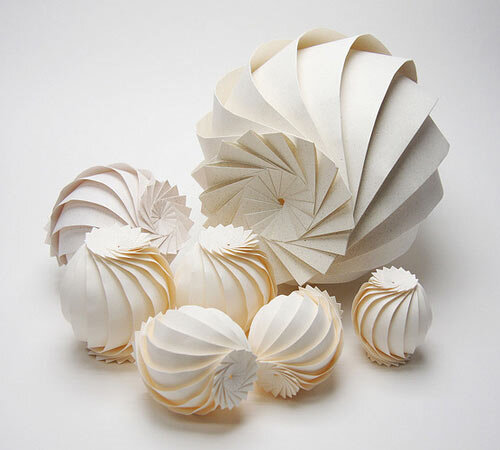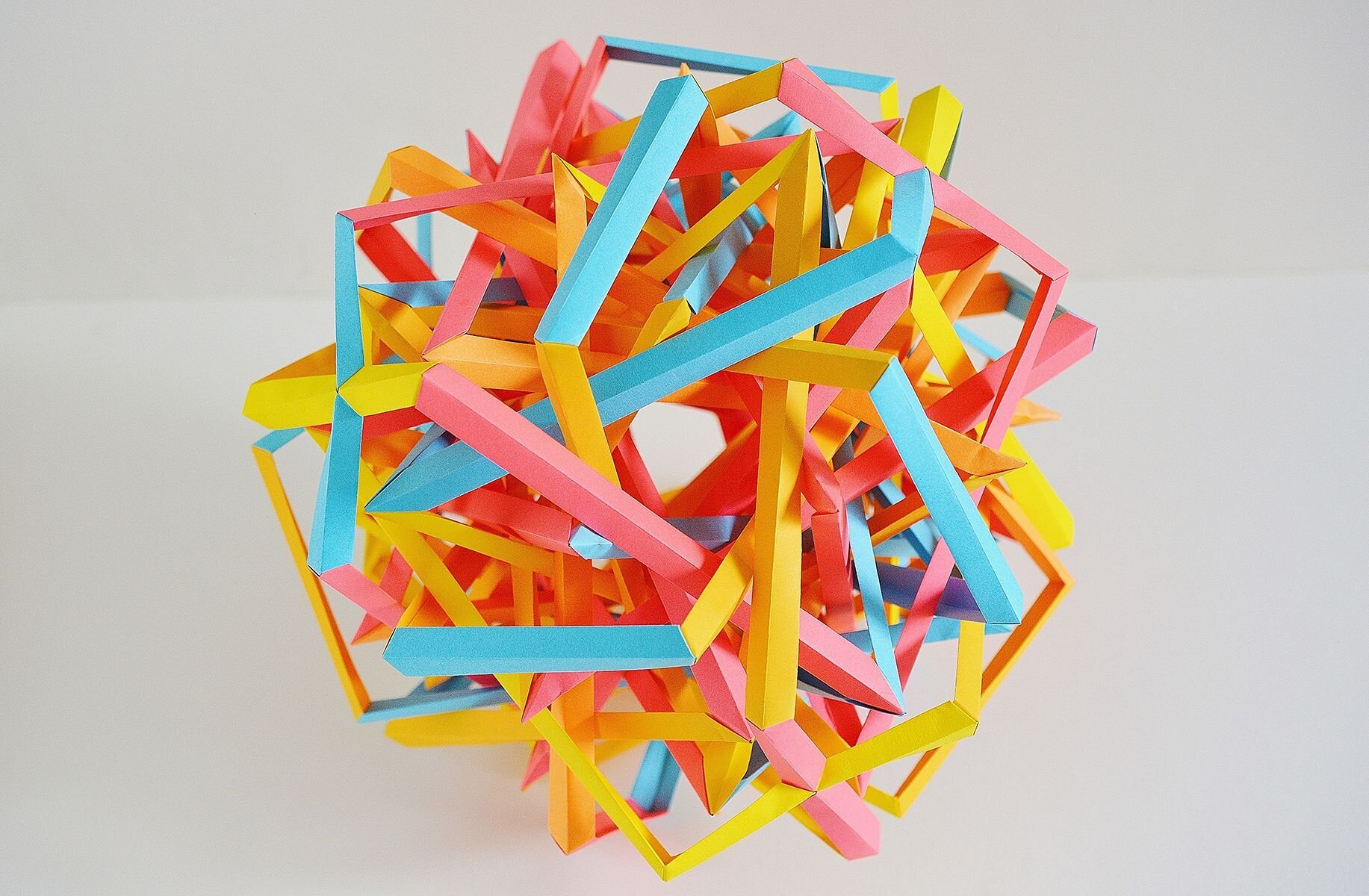The history of origami followed after the invention of paper and was a result of paper's use in society. Independent paper folding traditions exist in East Asia, and it is unclear whether they evolved separately or had a common source. The Japanese word "origami" itself is a compound of two smaller Japanese words: "ori", meaning to fold, and "kami", meaning paper. But not all forms of paper folding were grouped under the word origami.
Samurai warriors
Japanese origami began sometime after Buddhist monks carried paper to Japan during the 6th century. The first Japanese origami dates from this period and was used for religious ceremonial purposes only, due to the high price of paper.
Samurai warriors are known to have exchanged gifts adorned with noshi, a sort of good luck token made of folded strips of paper, which indicates that origami had become a significant aspect of Japanese ceremony by the Heian period (794–1185).
Senbazuru orikata book
In 1797 the first known origami book was published in Japan: Senbazuru orikata. The earliest evidence of paperfolding in Europe is a picture of a small paper boat in the 1498 French edition of Johannes de Sacrobosco's Tractatus de Sphaera Mundi. The Spanish further developed paper folding into an artistic practice called papiroflexia or pajarita. By the 1800s, kindergarten-aged children in Europe and Japan were learning paper folding.
Eric Joisel Mask
Traditional origami is characterized by open-access folding patterns and sequences passed down orally or anonymously from generation to generation. Modern origami often features models created by designers. Many of these models are considered copyrightable material or intellectual property. Modern origami often prioritizes a puzzle aspect to the folding, and the challenge of folding a single square of paper without using cuts or glue.
Akira Yoshizawa, who died in 2005 at age 94, is considered one of the progenitors of modern origami. In the 1930s, he developed a system of folding patterns employing a set of symbols, arrows and diagrams. By the 1950s, these patterns were published and widely available, contributing to origami’s global reach and standardization. Yoshizawa and other origami masters formed local and international organizations publicizing the art.
Today, origami has expanded to incorporate advanced mathematical theories, as seen in BETWEEN THE FOLDS. Mathematical origami pioneers like Jun Maekawa and Peter Engel designed complex and mathematically based crease patterns prior to folding, which emphasized the puzzle aspect of origami, with the parameters of using one piece of uncut paper. Artistic origami has also enjoyed a recent resurgence, with abstract paper folders such as Paul Jackson and Jean-Claude Correia.
Artists who are pushing Origami to the next level!
White Elephant by Sipho Mabona
2. Organic origami by Jun Mitani
3. Lifelike origami sculpture by Robert Lang
4. Interlocking origami stars and prisms by Byriah Loper
5. Charming animals with unique wet folding technique by Hoang Tien Quyet











